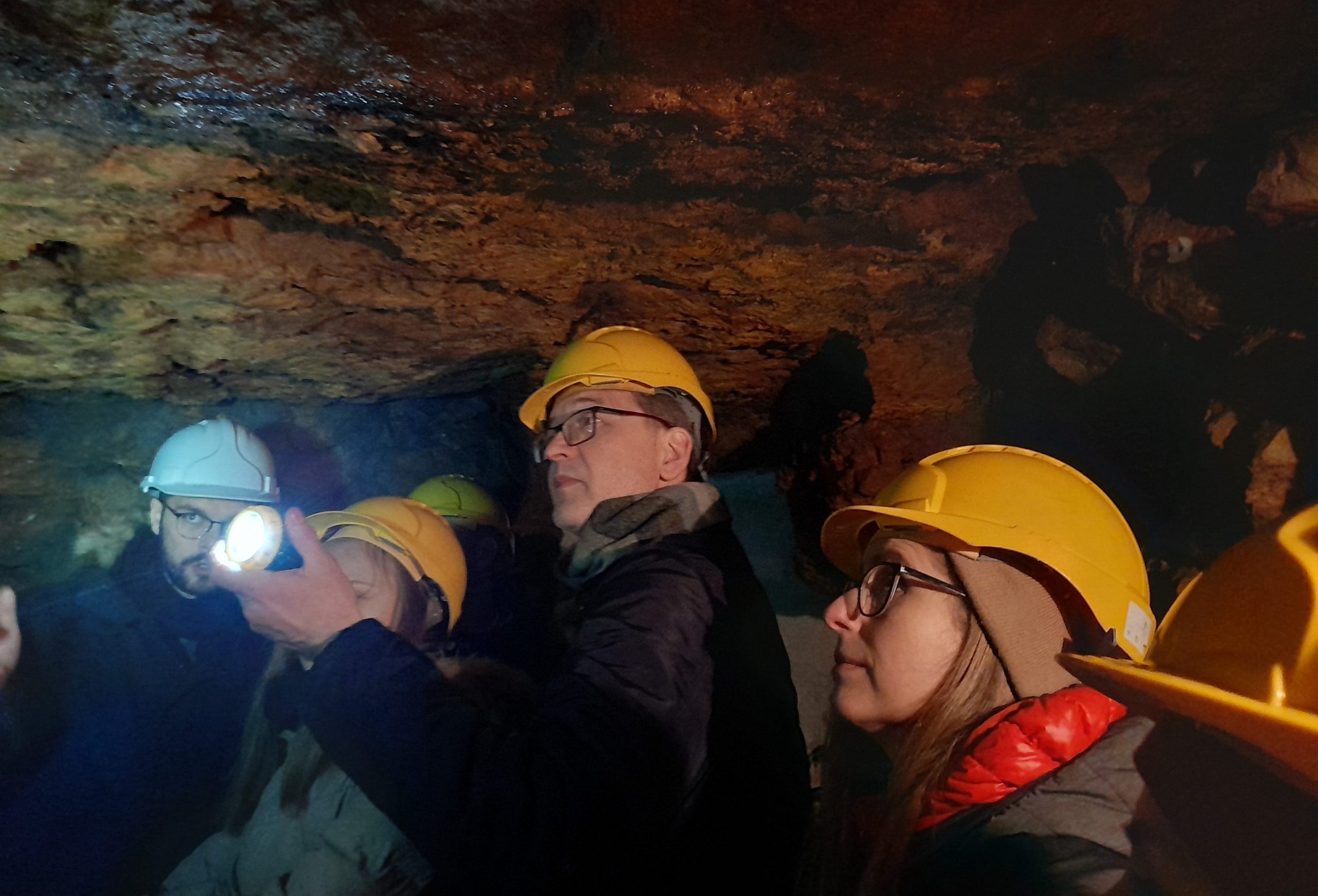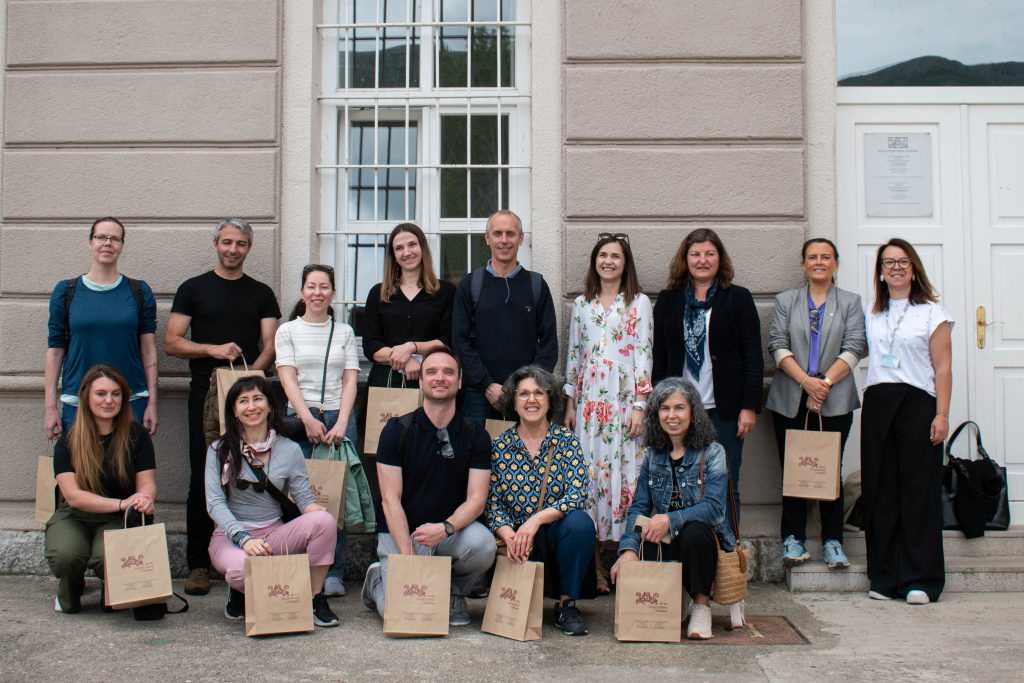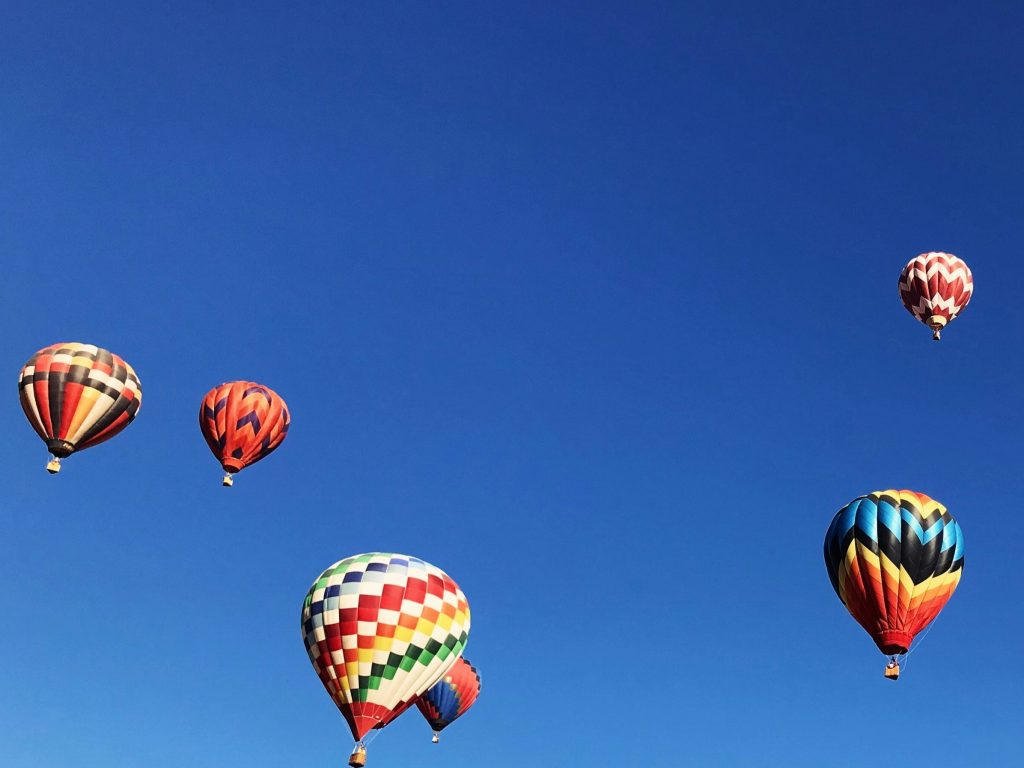Published on 19 Apr 2023
If you want to feel the atmosphere of old mining work, see how the former miners extracted the treasures that nature left them just as a gift, or if you want to sail the underground river on boats, you should necessarily visit a historic mine of silver, zinc and lead ores in Tarnowskie Góry, Poland. The above-mentioned mine, its unique Underground Water Management System and related historic post-industrial facilities have been inscribed on the UNESCO World Heritage List. The post-mining heritage of Tarnowskie Góry and its surroundings belongs to the Industrial Monuments Route, based on the tangible and intangible industrial heritage of Silesia. Moreover, in January 2010 they became a part of the European Route of Industrial Heritage (ERIH).
Tarnowskie Góry is a small city (approx. 60 000 inhabitants) situated on the northern fringe of Upper Silesia, which is the southeastern part of the historical and geographical region of Silesia, which today is mostly located in Poland. There are many traces of the rich history of the town that in the past was within the borders of Poland, the Bohemian Crown, and Prussia. Some of them, like unique shafts and abandoned workings, are visible on the ground but the majority of them are hidden underground. There are well-preserved and accessible, nearly entirely authentic mining excavations with drain adits, gangways, shafts, and nineteenth-century urban waterworks. There is a uniquely integrated historic mine drainage system and public water supply that were both pioneering and the largest of its kind in the world.
How it started…
To better understand the current postindustial landscape, we need to delve for a while into the fascinating history of this region. There is no doubt that Tarnowskie Góry has been the birthplace of ore mining and at the same time one of the most important industrial centres in this part of Europe.
The most valuable post-mining monuments are related to two main phases of ore mining. In the first phase, which lasted from around 1490 to the beginning of the Seventeenth Century, the lead and silver were mined by several shallow mines. Silver was mainly sold to state mints, and most of the obtained lead was exported to other mining centers in Central Europe. The valued lead supported then metallurgical processes.
In the second phase, which lasted from 1784 to 1913, the exploitation of deeper ore deposits was carried out on a large scale by the Prussian state royal mine called Fryderyk. Mine pits were drained first with pumps powered by horse treadmills, then with steam engines, and finally with drifts. It was then that the steam technique was used for mine dewatering for the first time in Silesia. At the end of the Eighteenth Century, when the groundwater level decreased due to the mining works, new ways of delivering water for municipal needs were developed. The culmination moment was in 1884 when the water intake at the water supply station was opened. From 1922, Tarnowskie Góry was within the borders of Poland. The peak of the mining of ores, lead, silver, and zinc production was reached in the mid-nineteenth century.
Cultural remains of mining can also be found in town parks in Tarnowskie Góry. They were early and successful attempts to use the post-industrial landscape, which combines unstable shaft heaps, mining pits, and small dumps of fine waste rock with a planned network of alleys, trees, and other plants and typical park-like infrastructure into one coherent and very attractive area.
See, experience and discover
Entering the mine on a guided tour you can see the authentic underground labyrinth of shafts, galleries, chambers, and drifts. Its high educational value encourages shool trips and individual tourists as well to visit it. Although the mine has been closed for over 100 years the history is still vivid and the place attracts tourists fascinated by the post-mining past, geologists, and underground enthusiasts.
The silver, zinc, and lead ores Mine in Tarnowskie Góry there are many attractions. One of them is the boat ride at the 270 m distance. It should be underlined that forty meters underground it is always ten degrees Celsius and the weather outside has no influence on sightseeing. As a consequence, all year round you can admire various species of mushrooms, lichens, and unusual natural phenomena, including the only karst sinkhole in Europe. In addition, the shaft headroom houses a modern education center for ore mining is located. On the premises of the mine, there is also a restaurant, a souvenir shop with minerals, and a free car park. The route of the Historic Silver Mine is adapted for people with disabilities.
The Open Air Museum of Steam Engines located next to the mine presents exhibits such as: a road roller, a railway crane, a compressor, a locomotive, numerous steam locomotives, a power generator, steam pumps and hoisting machines. In this unique scenery if weather permits you can take a ride on the Silver Express, a train that glides along the tracks. Moreover, the oldest operational continental European narrow-gauge railway runs through Tarnowskie Góry offering an unforgettable journey.
Less than 5 km away from the mine in the charming Repecki Park You can visit The Black Trout Adit. It is the only still operating drainage adit in Poland and one of the longest underground boat flows in Europe. Dozens of meters underground, tourists board a boat and in a mysterious scenery, by the light of carbide lamps, they swim a distance of 600 m. You can find out how the miners overcame the forces of nature and learn about the extraordinary history and mysterious legends carved in the rock. With a bit of luck, there is a chance to come across floating trout or bats preparing for winter. In the modern tourist service building, by the Sylwester shaft, you can see an exhibition of over 50 miners’ lamps from the 20th century.
Touristic offer still in progress,
Tarnowskie Góry Land Lovers’ Association has been involved in the protection and sharing of Silesian industrial heritage for more than sixty years. They care for the entrusted monuments with particular solicitude, thinking about their future. As a result Historic Silver Mine became one of the eight Pilots in an EU-funded TEXTOUR project which co-designs pioneering and sustainable cultural tourism strategies and policies.
In the second quarter of 2022, all the efforts in Tarnowskie Góry Pilot were focused on organising a series of workshops to find innovative solutions that would strengthen and develop the cultural tourism offer. The invitation to the workshop was addressed to the people who have a significant impact on the development of cultural tourism and education in the pilot area, in particular to representatives of the Local Tourist Organization, local and regional governments, representatives of education, and non-governmental organisations. The discussion on how to improve the touristic offer in Tarnowskie Góry Pilot was very interesting. As a result of good cooperation, the attendees have elaborated a set of area-specific activities that would be both socially and technologically innovative. Finally in June 2022 during the third workshop, they managed to create business models for selected activities. At the moment the Strategy for the Development of Cultural Tourism is being finalized and it will be implemented till the end of the project.
By:
- Dr Joanna Piasecka-Rodak – Polish coordinator of the TExTOUR project, e-mail: j.piasecka-rodak@ietu.pl
- Mgr. Patrycja Obłój, e-mail: p.obloj@ietu.pl
The original article was published in Spanish on the issue 78 of the magazine Patrimonio by Fundación Santa Maria la Real.
Photos and historical information shared by the Tarnowskie Góry Land Lovers’ Association.



